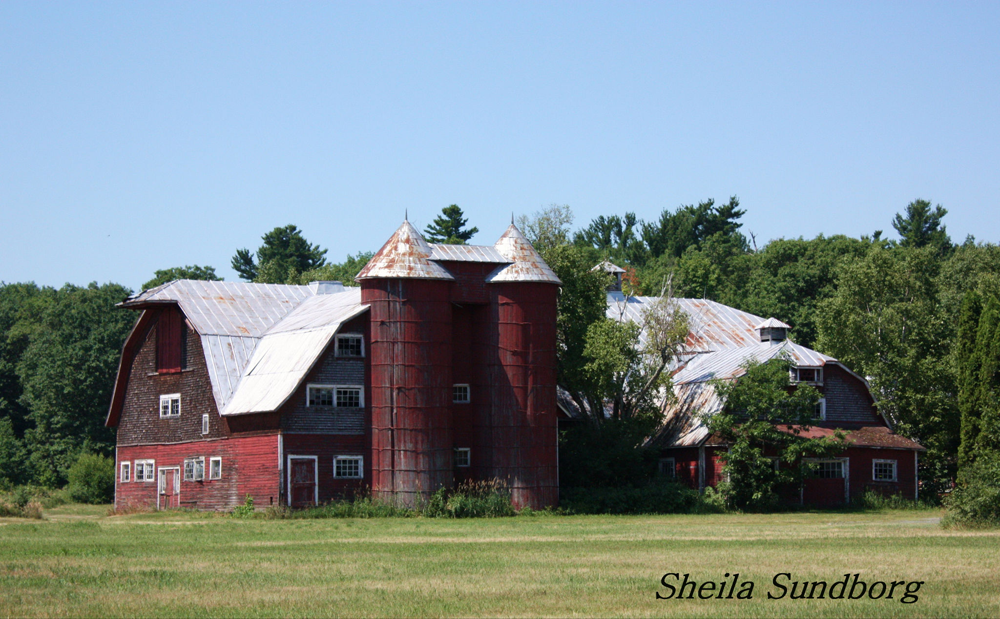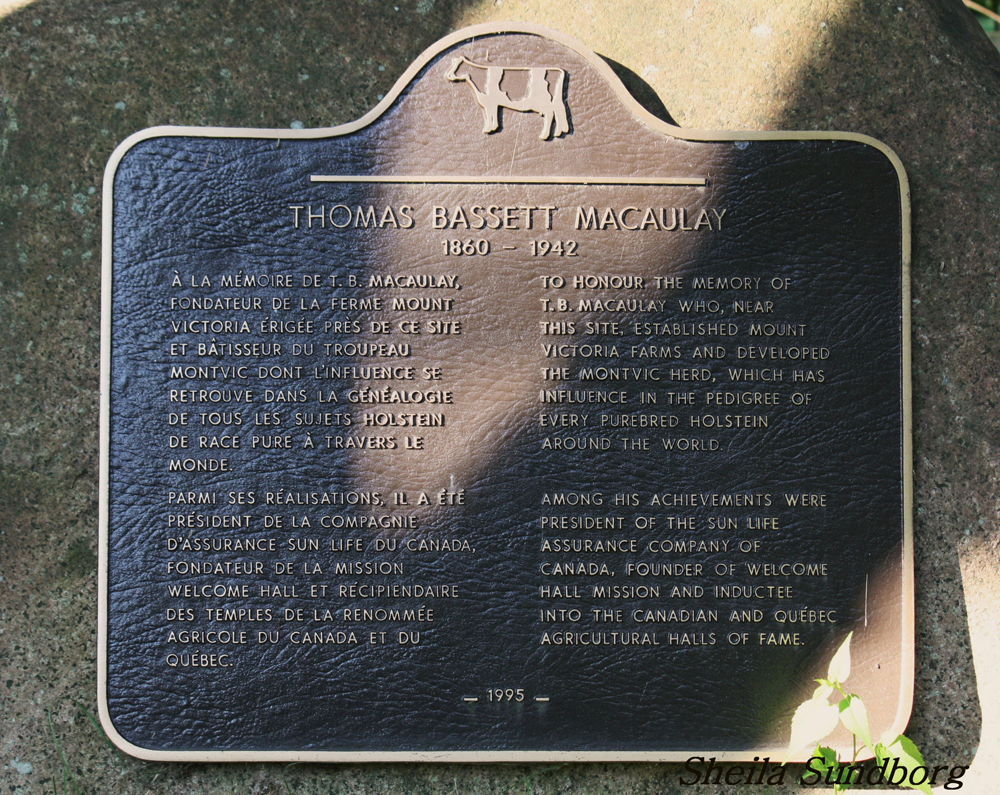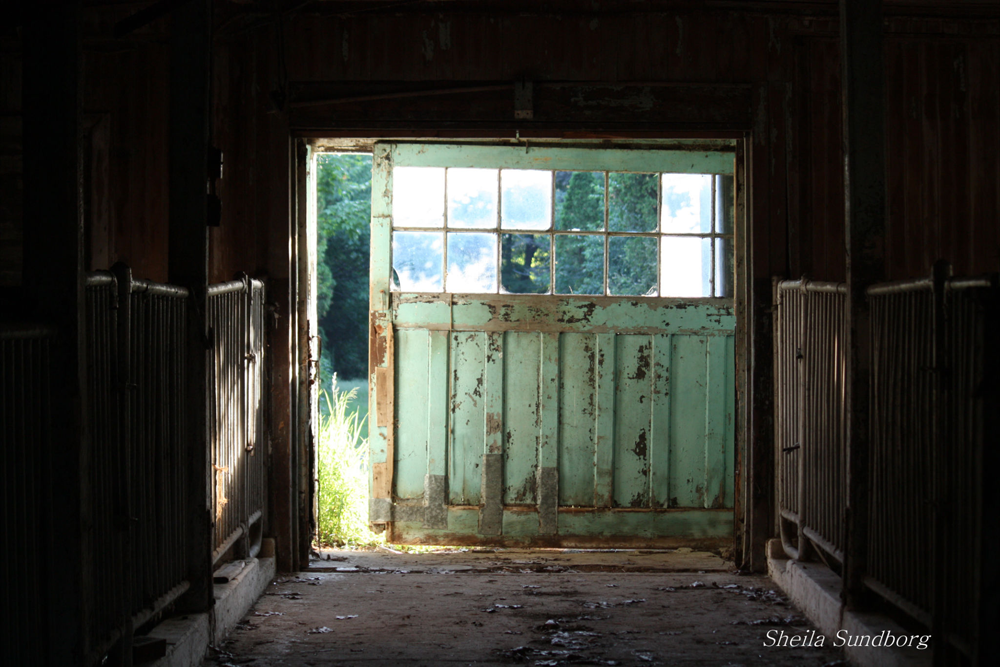With the recent announcement that the iconic red barns of Mount Victoria Farms on top of Macaulay Hill are to be razed in the next two months to make way for a planned residential subdivision, a monument of Holstein history, unrivaled by any other, will be destroyed. The invincible blood that pumped through the veins of Thomas Basset Macaulay led to the Mount Victoria herd influencing cattle populations in every land under the sun. No Holstein exists in this world that is not a descendant of the great Johanna Rag Apple Pabst, T.B. Macaulay`s foundation sire for Mount Victoria.

To understand how one herd could have such a profound impact on the world of dairy cattle, you first have to understand the man behind the herd. TB Macaulay, accomplishments would rival those of the late great Peter Heffering (Read more: HANOVER HILL HOLSTEINS: PETER HEFFERING 1931-2012). Macaulay wasn’t born on a farm. He wasn’t raised on a farm and, in fact, didn’t own his first Holstein until he was 66. However, during an 18-year period he would change the Holstein world forever.

Macaulay was actually a wealthy insurance executive who got into farming more by chance than by design. Towards the end of a very successful career he was looking to invest in other areas. When he discovered the farm he had purchased was more of a sand pile than great cropland, he started purchasing livestock to start building up the soil. This ultimately led to him buying his first Holstein in 1924, and the start of a very distinct bloodline. You see Macaulay had very definite ideas on the subject of genetics. His studies in corn breeding were more advanced than any that had been made at that time. This all traces back to his insurance career where he was an actuary. Actuaries are the people who compile and analyze statistics and use them to calculate insurance risks and premiums. It’s this love of mathematical theory that Macaulay would transpose into his breeding program at Mount Victoria.
Purifying the Bloodline
Inbreeding and line breeding work, when done correctly, because it involves concentrating the exceptional genes of the ancestors in the pedigree. As Edward Morwick points out in his book The Chosen Breed, “It is essentially a mathematical process and a discipline in which an actuary’s training would stand him in good stead. Through the lessons learned as an actuary which were cross-applied to the study of genetics, Macaulay became convinced of his ability to develop a strain of Holstein cattle pure for sound type, good udders and four percent test.” There is never ending debate about whether breeding great cattle is an art form or a science? Macaulay’s favorite saying from Beattie sums it up “What cannot art and industry perform, When science plans the progress of their toil!”

Macaulay would study the dairy publications of the time to get a better understanding of what bloodlines were transmitting the ideals he was looking for. Specifically he was looking to breed four percent butterfat with heavy milk production and a high standard of type.
The Big Six
In his research Macaulay identified the Prince Colanthis Abbekerk bloodlines of Oxford County in Ontario to have what he needed and made trips in 1924 and 1925 to purchase the seed stock he needed. This lead to many purchases highlighted by what was coined by William Prescott of Holstein-Friesian World as “The Big Six”. They were Oakhurst Colantha Abbekerk, Ingleside Pietje Posh, Dixie Colantha Hartog, Lady Meg Posch and Bonheur Abberkerk Posch 2nd.
The Foundation Sire
He also needed a herd sire. Searching the Holstein-Friesian World, he found “The One” in Johanna Rag Apple Pabst. The bull that become the center of Macaulay’s line breeding vision. A vision that included using all the tools – testing, classifying, showing, culling and advertising would be utilized and outcross sires would be used sparingly when needed.
Johanna Rag Apple Pabst combined with the Mount Victoria foundation cows to create the Rag Apple bloodline. His progeny from the Posch-Abbekerk cows handpicked from Oxford County would go on to change the Holstein world.
Johanna Rag Apple Pabst sired three All-American Get of Sires and two reserve gets. 51 daughters with 100 completed records averaged 15,753 lbs. milk, 626 lbs. and 4.0% Fat. Realizing the dream that Macaulay had set out to achieve.
Famous Pabst daughters include:
- Montvic Rag Apple Colantha Abbekerk (EX-11*)
The highest producing daughter with a world 3X record of 1,263 lbs of fat - Montvic Rag Apple Bonheur (GM)
A four time All-American - Montvic Rag Apple Bonheur Abbekerk (EX)
Fat production of 1,047 lbs. - Montvic Rag Apple Pietje (GM)
Produced 1,043 lbs. fat, 22,980 lbs milk, 4.54% as a three-year old
Highlights of his sons include:
- Montvic Rag Apple Paul (Extra)
Pabst’s only Class Extra son. - Montvic Rag Apple Baron
Sire of Montvic Rag Apple Baron 2nd, foundation sire of the Texal family. - Montvic Rag Apple DeKol
Out of Pauline Dandelion DeKol. One of Western Canada’s biggest impact sires. Sired show stock. - Montvic Rag Apple Hartog
A show bull. Sired Hays Supreme. - Montvic Posch Rag Apple.
Out of Lady Meg Posch. Tyler Farms Posch Letha, his daughter, was the dam of Osborndale Ty Vic (EX-GM), sire of Osborndale Ivanhoe (EX-GM) - Montvic Pabst Rag Apple
Lady Meg Posch son. Daughters provided part of the foundation of the Glenafton herd. - Montvic Rag Apple Dandy
Line bred, a son sired Rosehill Fayne Wayne (EX), three times All-American aged cow. - Montvic Chieftain
Son of Triune Papoose Piebe, and the sire of the Pathfinder, who in 1962 when the All-Time All-American’s where selected all four milking aged females where Pathfinder daughters.
The Bullvine Bottom Line
Mount Victoria has produced eight Class Extra sires. This is something only surpassed by Hanover Hill and more recently Ferme Gillette. Unlike the other two, Mount Victoria did not have the aid of embryo transfer or artificial insemination to spread their bloodlines. One could easily make the case that T.B. Macaulay and his use of mathematics to develop a line bred bloodline was the greatest cattle breeder of all time. His outstanding collection of Holstein cattle pushed the boundaries of what was considered possible. Macaulay stretched the limits of what was thought achievable. All this from an actuary who loved the artful science of animal breeding!
Special thanks to Sheila Sundborg for the great shots. Read more about Sheila and the great donation she made to the Friends of Andrea Crowe Fundraiser that raised over $83,000 for one of the brightest lights in the dairy industry.
For a full history of the Canadian Holstein breed check out “The Chosen Breed” by Edward Young Morwick and watch for our interview next week with him.









